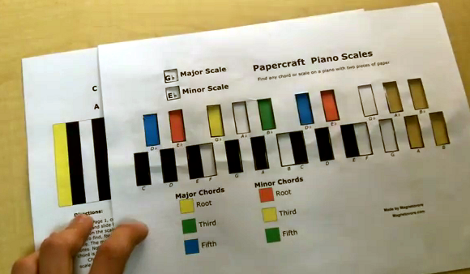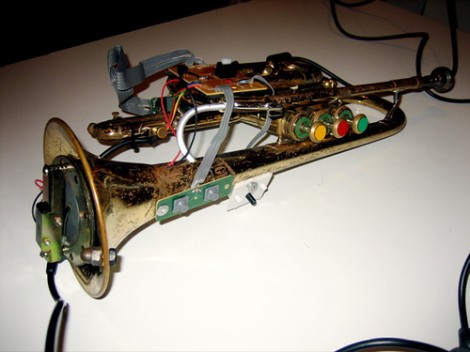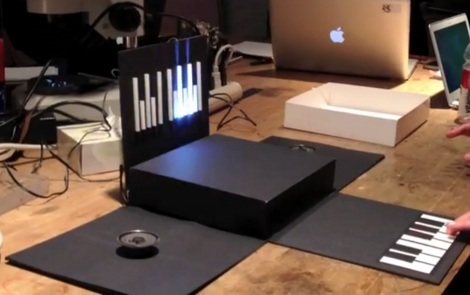
It seems that more often than not, [Steffest] finds himself inspired to rock out on his guitar without a percussion section to back him up. Like any enterprising hacker/musician would be wont to do, he built a robotic drummer to join in when he got the urge to play.
His DrummerBot is driven using an Arduino, which is tasked with controlling the 8 servo motors that the bot has at its disposal. The bot’s drum set is composed of a variety of items from fan motors to pot lids and more. [Steffest] wanted the ability to produce the maximum variety of sounds possible, so most of the servo motors are driven in two directions allowing the bot to strike more than one item with each “arm”.
[Steffest] is a big fan of interfacing physical objects with a web interface, so he built a simple HTML based sequencer that allows him to program the robot from his phone. Once the sequencer is programmed, the DrummerBot can be launched into action with the simple press of a button.
[Steffest] says that the bot works pretty well, but the sound is a bit raw if you hear it live. A little Ableton Live post-processing goes a long way to smooth things out however, as you can see in the video below.
[Thanks, Wesley]
Continue reading “DrummerBot Joins The Jam Session When Your Bandmates Are Busy”
















